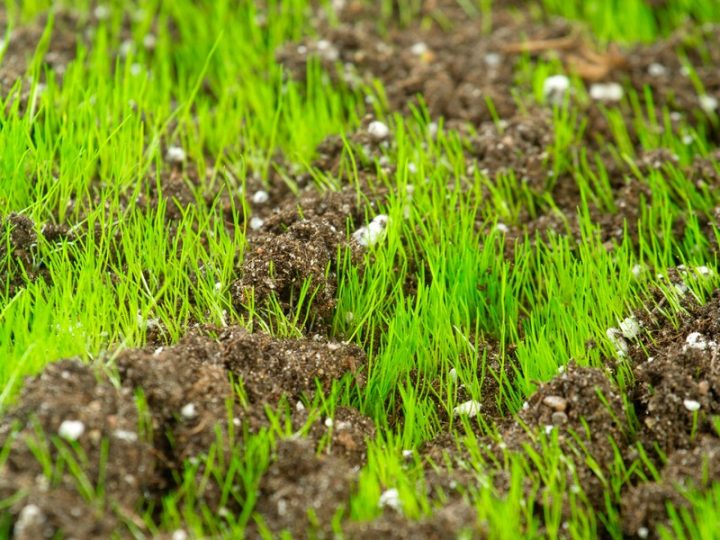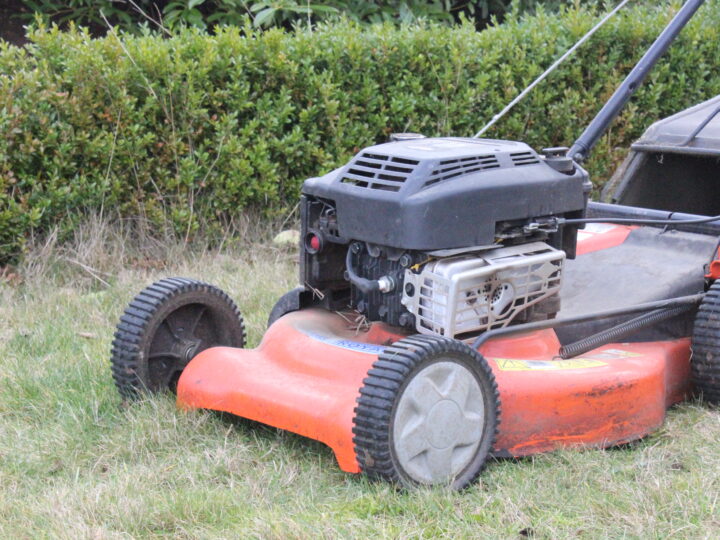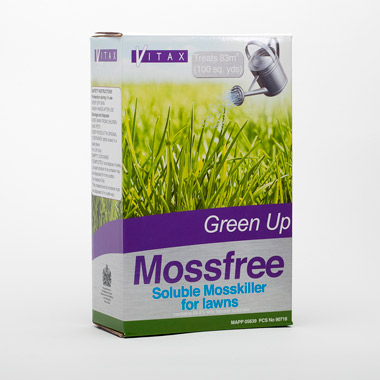.jpg)
Of the 450 species of grasses botanists call Fescue, only three or four are cultivated as lawn grasses. The most widely used is red fescue – Festuca rubra – which is grown mainly for its high tolerance of dry shade. Every gardener knows that if any shade is bad for lawns, dry shade is worse, and yet many gardens face this problem. With hotter summers and a greater emphasis on water conservation, there is greater interest in the use of turf grasses that will survive without supplementary water.
Red Fescues
Red fescues have the unique ability to survive drought in both shade and full-sun areas, which makes them even more attractive. They also tolerate acidic soils, so may be the only grass able to survive in the dense, dry, acidic shade beneath conifers. With their low fertilizer requirements and lack of significant pests and diseases they are good choices for low-maintenance turf areas.
From an aesthetic point of view however, red fescues do not, grown on their own, make the dense, rich turf that the eye craves. When dry the leaves roll inward to conserve water, but that also makes the lawn look thin and sparse. So they are usually sown as part of a mixture with other turf species. When used in this way the red fescues are very adaptable. They will give way to the other grasses when the conditions favour those species and expand and spread in areas where their drought tolerance gives them an edge.
Many wild forms of red fescue form clumps, which results in a thin, tufted turf. But some forms spread by rhizomes so will fill in and give a more uniform appearance to the turf.
The ‘standard’ form is Festuca rubra subsp. rubra – creeping red fescue. This form has been used for many years and there are a number of different cultivars available. It is a rhizome-producing form and the best cultivars give an even turf, with the vigour to fill in gaps that may occur.
In the late 19th century George Chewings, a farmer in New Zealand, noticed an interesting patch of grass on his farm. It had come from some seed imported from Europe for pasture. He isolated it, sold seed around the world and gives his name to Chewings fescue (Festuca rubra subsp. commutata). This is a non-creeping form but nonetheless it produces a dark, fine turf with excellent shade tolerance.
Given its fine, thin leaves it was natural that red fescue would attract the attention of golf course growers and the third type of red fescue – Festuca rubra subsp. litoralis, called slender creeping red fescue, is used because of its exceptionally fine foliage and tolerance of close mowing. This tolerance compensates for its otherwise weaker nature when compared to F. rubra subsp. rubra. It has the added advantage of being salt-tolerant (Latin scholars and botanists would see this immediately in the name ‘litoralis’, which means ‘of the seashore’) so it will grow well in coastal areas and also where salt is used for ice removal.
Other Fescues
The other two species of fescues widely grown are quite different.
Festuca ovina – sheep’s fescue – is a bunching grass often with a bluish colour that requires no mowing and blends well with wildflowers to create flowering meadows. It shouldn’t be confused with blue fescue (Festuca glauca) which is widely grown as an ornamental grass for its intense, ice-blue colour.
Festuca arundinacea– tall fescue – is a standard element in pasture grasses and hay fields. In its wilder forms it is far too large and coarse for lawns. Indeed, it is traditionally seen as a weed of lawns and is certainly not compatible with fine grasses like red fescue or bent. However it is used in meadow mixtures, where it will flower and make a bold statement among the wildflowers.
In recent decades tall fescue caught the attention of turf-grass breeders who saw that if tamed, its vigour, hardiness and adaptability to a wide variety of site conditions would make it very useful in turf. They selected shorter plants with narrower leaf blades and produced numerous forms that make a very hardy, dense, wear-resistance turf for areas where fine grasses are not needed.
They have been so successful that some of the White House lawns are made of these so-called turf-type tall fescue (TTT fescue) cultivars. Although a European grass, tall fescue as pasture or lawn is far more popular in North America where more extreme climatic conditions often make it difficult to grow other grasses well. It may be used in the UK to make a turf where wear-resistance is more important than fine texture.
1 Comment
Very interesting. Answered some questions




